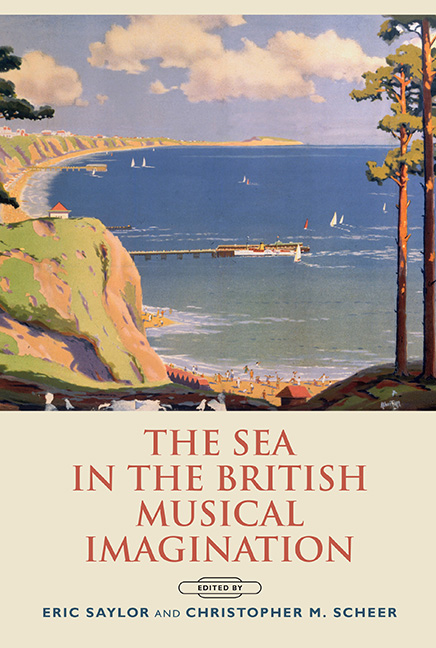7 - Fishers of Men: Maritime Radio and Evangelical Hymnody in the Scottish Fishing Industry, 1950–65
Published online by Cambridge University Press: 12 June 2021
Summary
Introduction
BROADLY SPEAKING, the gospel singing tradition encompasses the repertory of evangelical Christian hymns that emerged in the wake of religious revival movements from the late nineteenth century. While contemporary gospel music performance is most commonly associated with African American populations in the United States, its associated repertoire became highly popular among white evangelical Christians, both in the United States and in the United Kingdom. The two main compilations from which they drew, containing what became known as gospel ‘songs’, are Ira D. Sankey's Sacred Songs and Solos, first published in 1873, and Redemption Songs, first published in 1899.
One of the most unusual – or at least, the most unexpected – manifestations of the British gospel singing tradition was practiced among Scottish fishermen during the mid-twentieth century, facilitated largely by maritime radio. Gospel singing over the ships’ radio was enabled by the introduction of radio telephony to the North-East Scottish fishing fleets in 1949–50, and reached its height between 1950 and 1965. Radio was a leading medium for the transmission of this music into the lives of fisher families both at sea and on land during this period – indeed, radio singers have often been visible members of their own religious alliances when at home – and created a shared acoustic space within which all community members, whether at sea or on land, could live and work. The communal singing functioned as a means of expressing their faith among like-minded colleagues, and the hymn texts they chose suggested a shared set of core beliefs and values. In addition, radio provided a platform for gifted singers to broadcast themselves to a captive audience, contributing to a gradual movement towards professionalizing and commodifying local gospel music during the latter half of the twentieth century.
This chapter examines how the practice contributed to and strengthened the cultural and spiritual lives of inhabitants of North-East coastal communities, creating what ethnomusicologist Tong Soon Lee might describe as a ‘sacred acoustic space’ within which this distinctive religious and socio-economic group lived and worked. Radio and other media technology have been criticized in the past for creating a state of what R. Murray Schafer dubbed ‘schizophonia’, the splitting of sound from its original source.
- Type
- Chapter
- Information
- The Sea in the British Musical Imagination , pp. 127 - 150Publisher: Boydell & BrewerPrint publication year: 2015

